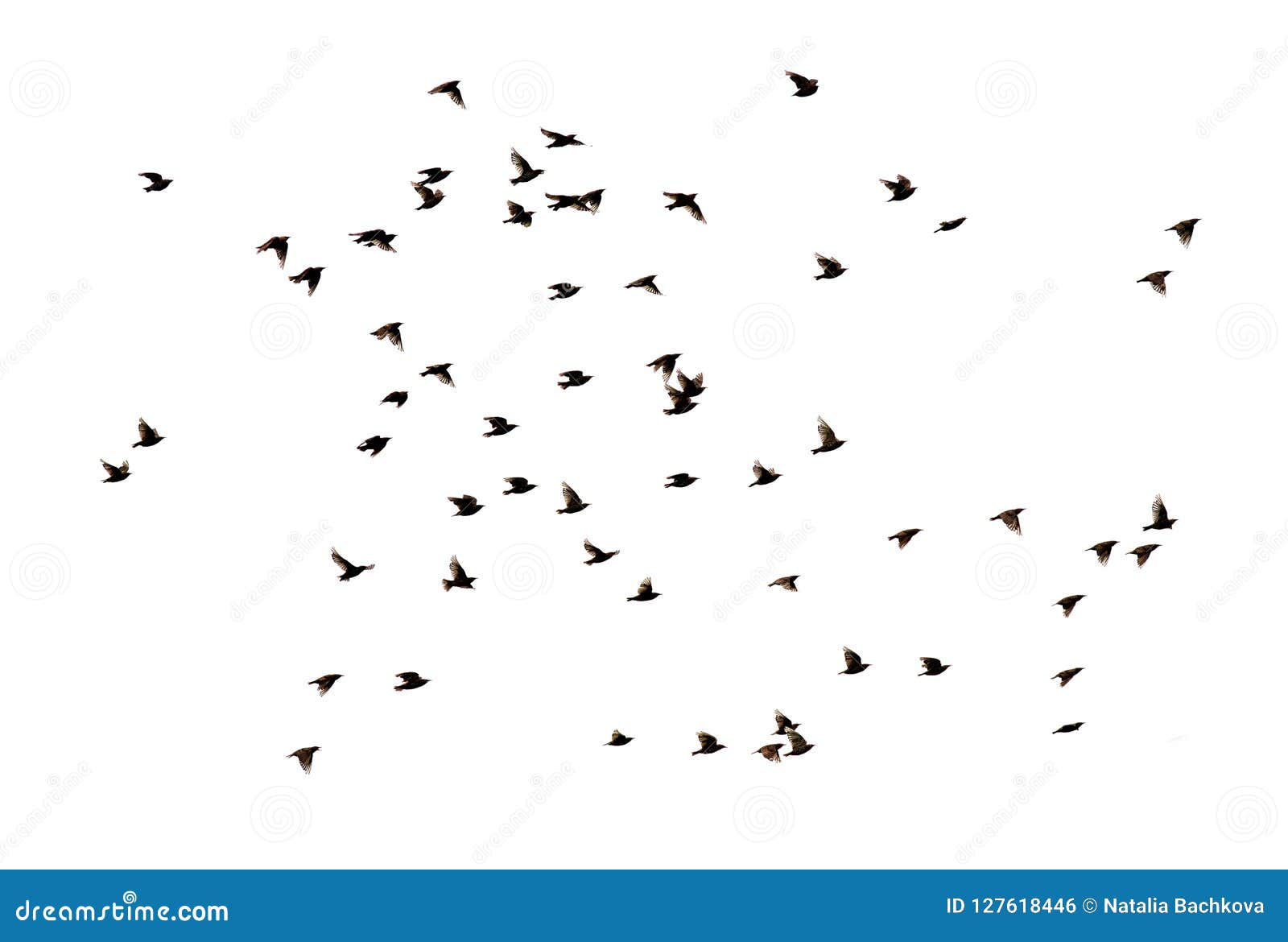

In these studies, the patterns of collective motion have been explained as an emergent property from the interactions that occur at an individual level (Ballerini et al. In vertebrate taxa such as birds and fish, the highly coordinated motion and diverse collective displays have been studied both theoretically and empirically. 2012 Viczek and Zafeiris 2012 Jolles et al. The collective motion of grouping organisms has been the subject of recent studies in multiple disciplines (e.g. Grouping may also make it difficult for a predator to single out prey (confusion effect, Landeau and Terborgh 1986 Krause and Ruxton 2002 Kastberger et al. In groups, potential threats may be spotted earlier and information may be spread faster (collective detection and many eyes hypothesis, Krause and Ruxton 2002) than among solitary individuals. Grouping has several benefits: it lowers the individual chance of being caught (dilution effect, Krause and Ruxton 2002) and decreases the area over which individuals risk being attacked (selfish herd hypothesis, Hamilton 1971). primates: Imanishi 1960 fish: Shaw 1978 birds: Feare 1984 cetaceans: Connor 2000 insects: Kastberger et al. Grouping is one of the antipredatory strategies widely adopted across animal taxa (e.g. Predator-prey relationships are the result of an evolutionary arms race in which the prey adopts strategies to reduce the risk of being captured (Dawkins and Krebs 1979). These results provide a first quantitative approach to social complexity in collective avoidance of a predator. A wave event was most likely when the raptor attacks at medium (rather than high or low) speed. Flash expansion happened most often when the predator attacks at greater speed. A higher frequency of attack during a hunting sequence resulted in a higher frequency of collective escape events. A detailed analysis of their complex dynamics has been lacking so far, and is the focus of our present study: we analysed video footage of hunting by falcons on flocks of thousands of starlings and show how patterns of collective escape (namely flash expansion, blackening, wave event, vacuole, cordon and split) depend on the preceding pattern and on details of attack.

Patterns of collective escape in flocks of starlings have always intrigued laymen and scientists.

Despite their complexity, we show that patterns of collective escape depend on the predatory threat, which resembles findings in fish. During a hunting sequence, the frequencies of different patterns of collective escape increased when the frequency of attack by the raptor was higher. Flash expansion was often followed by split, but in many cases, the flock showed resilience by remaining intact. Flash expansion occurred more frequently when the predator approached the flock at faster rather than slower speed and attacked from above rather than from the side or below. A wave event was most likely to occur when the predator attacked at medium speed. We show that the specific type of collective escape depends on the collective pattern that precedes it and on the level of threat posed by the raptor. We distinguish several types of collective escape by determining the position and movement of individuals relative to each other (which determines darkness and shape of the flock over time) as well as relative to the predator, namely ‘flash expansion’, ‘blackening’, ‘wave event’, ‘vacuole’, ‘cordon’ and ‘split’.
Starling flocks flying series#
We apply a time series analysis to video footage of 182 sequences of hunting by falcons on flocks of thousands of starlings close to two urban roosts during winter. Here, we present a first step towards unravelling this complexity. The corresponding structural complexity concerns rapid variation in density and shape of the flock over time. When starling ( Sturnus vulgaris) flocks are under attack by a raptor, such as a peregrine falcon ( Falco peregrinus), they show a great diversity of patterns of collective escape.
Starling flocks flying driver#
Collective behaviour of animals has been a main focus of recent research, yet few empirical studies deal with this issue in the context of predation, a major driver of social complexity in many animal species.


 0 kommentar(er)
0 kommentar(er)
